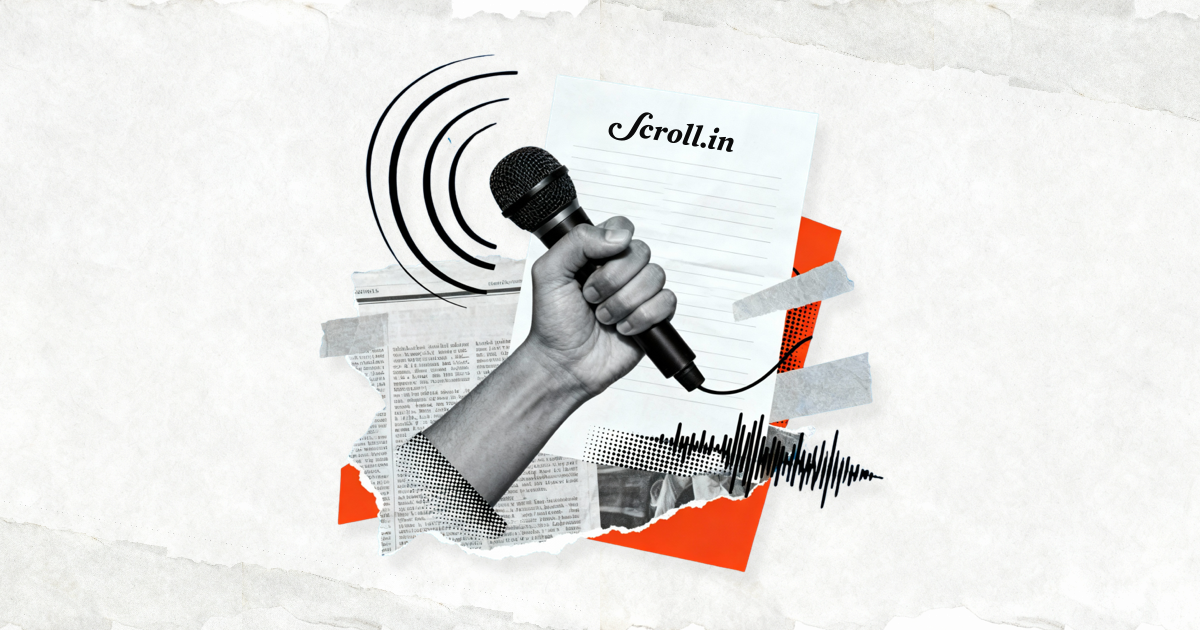
Welcome to The India Fix by Shoaib Daniyal, a newsletter on Indian politics. To get it in your inbox every Monday, sign up here (click on “follow”). Have feedback, interesting links or podcast recommendations? Send them to shoaib@scroll.in.
Defections and splits are a regular part of the frenetic world of Indian politics. However, even by these standards, the rebellion underway in the Shiv Sena is rather extraordinary. At present, as many as 39 of its MLAs – more than 70% of the Shiv Sena’s strength in the Maharashtra assembly – have checked into a five-star hotel in faraway Guwahati to plot their strategy.
Many of them are ministers. By Sunday, the only Shiv Sena minister elected from Maharashtra legislative assembly still loyal to his own government was the chief minister’s son, Aditya Thackeray.
There are many immediate causes for this crisis. Shiv Sena legislators have complained that their chief minister, Uddhav Thackeray, is aloof and does not meet them. Also contributing to the situation is the fact that the Shiv Sena is in a weak position in the three-member Maharashtra alliance government, with more power being exercised by its alliance partner, the Nationalist Congress.
Then, of course, is the major push factor of punitive action by central agencies such as the Enforcement Directorate against Sena leaders.
However, a longer-standing challenge that has led to this crisis for the Sena is one of ideology. The rebels have attacked Uddhav Thakeray for allegedly abandoning Hindutva and leaving its alliance with fellow Hindutva traveller Bharatiya Janata Party for the purportedly secular Congress and Nationalist Secular Party. This allegation struck home, forcing the Shiv Sena to hurriedly claim that it had, in fact, not deviated from the Hindutva of its founder, Bal Thackeray.


State identity
Matters might have reached a crisis point now, but this confusion is not new. Ever since it was founded in the 1960s, in the wake of the Samyukta Maharashtra movement that had campaigned for the creation of a Marathi linguistic state, the Shiv Sena has been a curiously promiscuous outfit when it comes to ideology.
Initially, the party did not espouse Hindutva, which was a fringe ideology at the time. Instead, the Shiv Sena was founded as a nativist outfit representing the Marathi speakers of Mumbai. Some of the conditions for the Sena’s founding was created by middle-class anxiety among the city’s Marathi speakers about jobs.
In one of the first academic studies published on the Sena in 1979, Mary Fainsod Katzenstein writes that “middle-class competition in Bombay goes a long way toward explaining the emergence of Shiv Sena”. As Katzenstein’s research showed, “the economic competition between Maharashtrians and ‘outsiders’ in Bombay is not a canard set afloat by Sena propaganda to delude Maharashtrian voters” but in fact “Maharashtrians are economically behind several other communities in Bombay”.
The Sena’s first targets were South Indians, who were in competition with the Marathi middle class for office jobs, but unlike Gujarati businessmen, did not have much clout in Mumbai. Led by the organisation’s charismatic founder, Bal Thackeray, the Sena cadre physically attacked South Indians and swore an oath to boycott them economically, even promising to avoid Mumbai’s Udipi eateries.
The Sena’s ethnic nativist plank was soon widened to include border disputes between Maharashtra and Karnataka when in 1969, the city saw widespread rioting by party cadre. Along with Marathi identity, Thackeray also espoused a vitriolic form of anti-communism, clandestinely being used by the ruling Congress party to break the back of the city’s powerful labour unions, especially in the dominant cotton textile industry.
From Marathi Manus to Hindutva
The Sena’s ethnic plank worked well in the greater Mumbai metropolitan area, where Marathi speakers saw themselves as a distinct community under siege from members of other language groups. However, this position had little play in the rest of the state. In rural Maharashtra, Marathi speakers were overwhelmingly dominant so they had little need for identity politics.
To expand his base, Thackeray turned to Hindutva. From the 1980s, the party began to canvas for the votes of Hindus across linguistic communities. So strident was this pitch that the judiciary set aside a Sena MLA’s 1987 win from Mumbai for its shrill communal campaign. In 1989, the Sena joined hands with the BJP to fight national and state elections.
This Hindutva plank reached its apogee with the 1992-’93 Bombay riots, where Thackeray viciously directed violence against the city’s Muslims in the wake of the demolition of the Babri Masjid in Ayodhya. Unlike the Bharatiya Janata Party, which officially denied it had anything to do with the destruction of the mosque, Thackeray boasted (possibly untruthfully) that Sena cadre were present at the spot.
Prioritising Hindutva over its identity as a party of the Marathi manoos might have bought it some success but it was also a Trojan horse: with its voter and cadre base now increasingly thinking of itself as a far right Hindutva party, the Sena opened itself to erosion by the BJP.
As a national party, with a consistent, monomaniacal ideological focus, the BJP began to edge out the Sena as the party of Hindutva in Maharashtra. While the BJP was the junior partner for much of the history of the alliance, today it has nearly double the number of MLAs that the Sena does.

Hindutva to secularism
Remarkably, the Sena has, since splitting with the BJP in 2019, even turned towards secularism, as a way to bring on board Muslim voters. The party has attacked the BJP-supported Kashmir Files, a film seen to be pushing a Hindu nationalist narrative of the Kashmir conflict. Chief Minister Uddhav Thackeray also criticised derogatory comments by two BJP spokespersons about Prophet Mohammad, calling them a crime. He also decried attempts to look for a Hindu idol in a Mughal mosque in Benaras. During the anti-Citizenship Amendment Act agitation of 2019-’20, Thackeray-led Maharashtra did not unleash violence on protesters, unlike many BJP-led states.
Some of this remarkable agility with respect to Hindutva comes from the fact that the Sena, unlike the BJP, is rooted in a state identity. At the same time, however, the party has been unable or unwilling to fully project itself as a party of Maharashtra. The difference with, say, the Dravida Munnetra Kazhagam in Tamil Nadu or even to a lesser extent the Trinamool Congress is West Bengal, is stark. The Sena has been unable to expand the politics of state identity into a federal plank, in order to, say, paint the BJP as an “outsider” to the state or lobby aggressively with the BJP-controlled Centre for Maharashtra’s fiscal interests.
While gauging the success of yet another ideological U-turn would require waiting to see the number of Muslim votes the Sena is able to garner in the Brihanmumbai Municipal Corporation elections later this year, clearly this constant ideological fickleness has harmed the party. Much of this was not visible when Bal Thackeray was in his prime, since his charisma and his party’s violent positions stood in for ideology. But while the Indian voter might cast her ballot based on a number of factors in the short term, in the long run, as is clear from the BJP-Sena tussle, ideology does matter in Indian politics.





















Write a comment ...